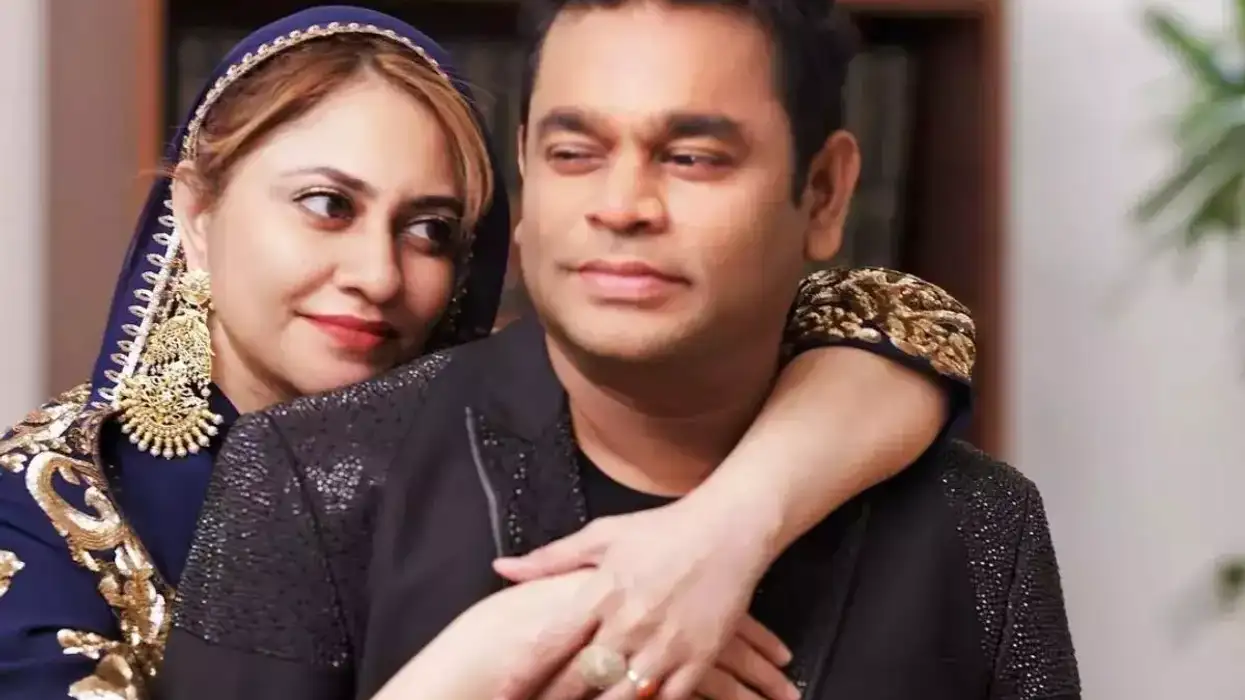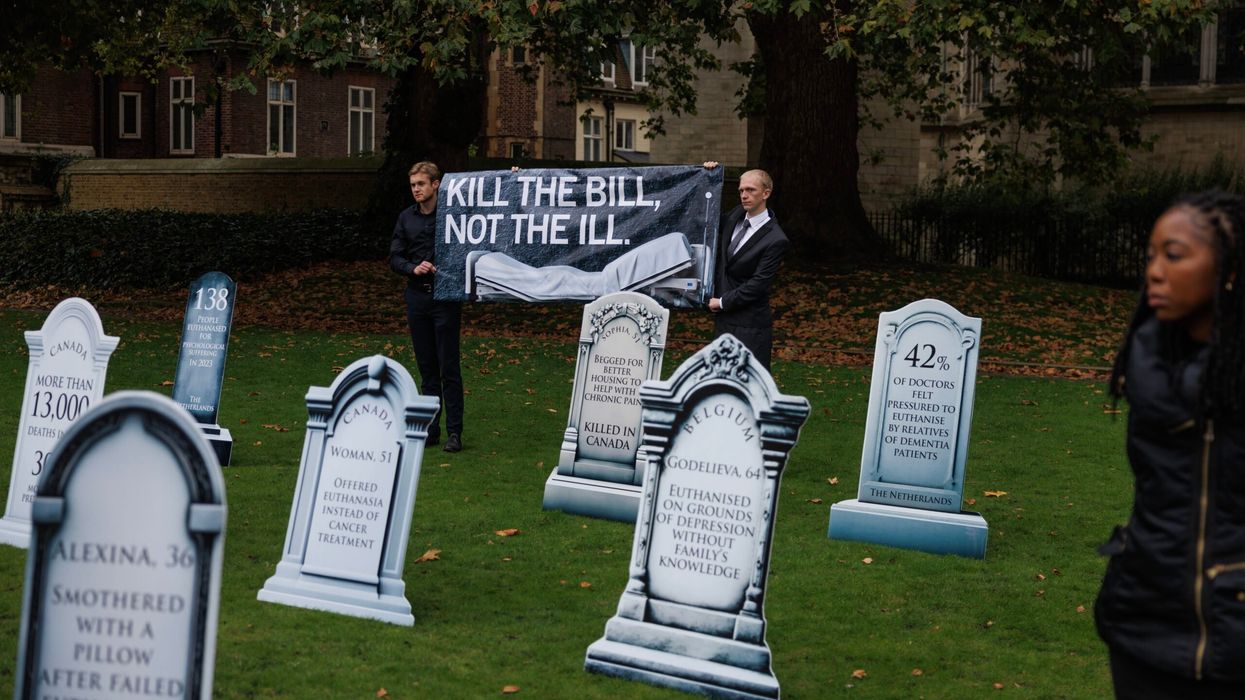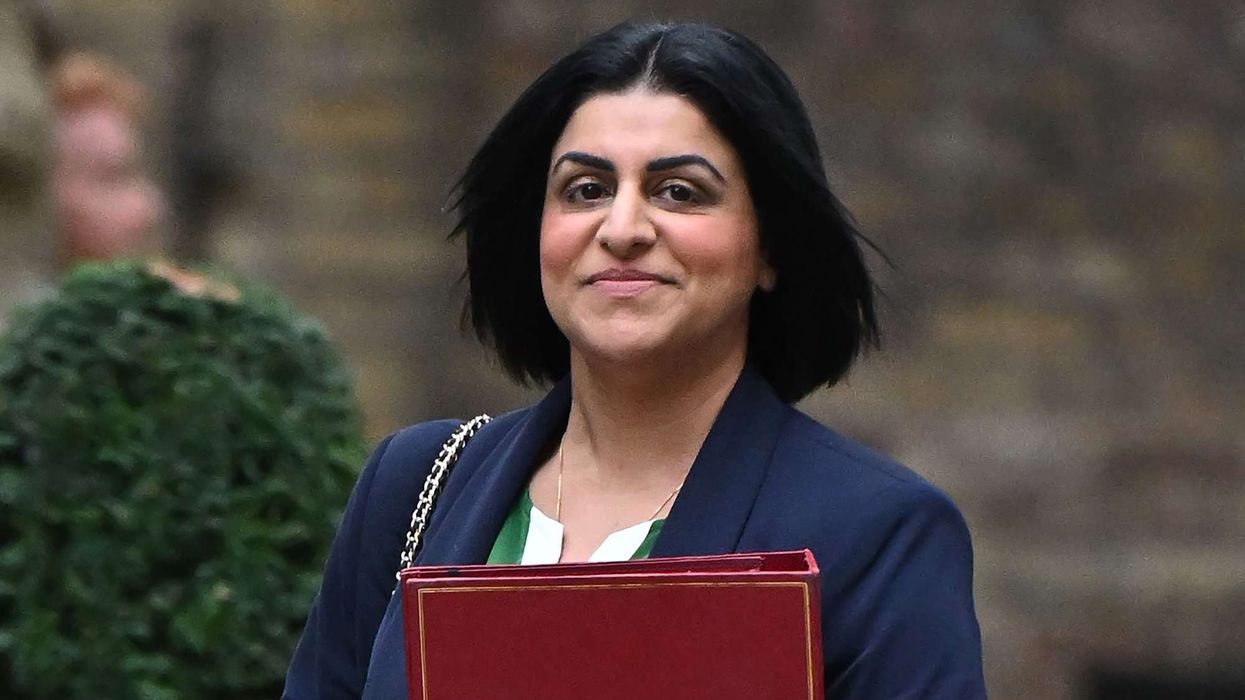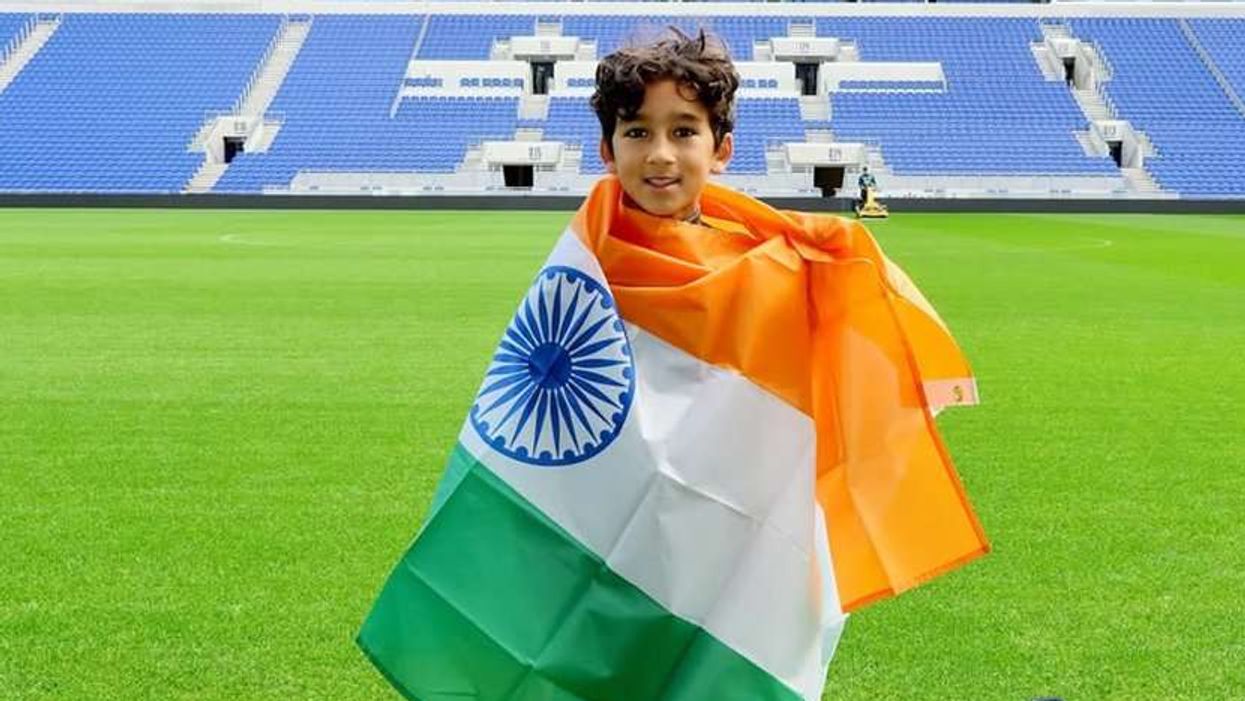WHY HINDI CINEMA’S CHOREOGRAPHY QUEEN WAS A GAMECHANGER
by ASJAD NAZIR
LEGENDARY Bollywood choreographer Saroj Khan died in a Mumbai hospital after a cardiac arrest, aged 71.
It was a heart-breaking end to a lifelong journey dedicated to dance, which entertained many millions across different generations and helped give Hindi cinema its unique identity.
The dance doyenne’s parents migrated to India from Pakistan during Partition and shortly afterwards, she was born as Nirmala Nagpal on November 22, 1948. Her parents were wealthy in Pakistan, but lost everything, so the confident youngster started working in films as a child artist at the age of three because her parents needed the money. The child actor’s flair in front of the camera led to more work and she began supporting the family.
This then led to her working as a background dancer in the 1950s as a 10-year-old and her first group dance was for Madhubala song Aaiye Meherbaan from classic film Howrah Bridge (1958), where she was dressed as a boy.
Renowned dance master B Sohanlal was so impressed with the young Saroj that he elevated her to become his assistant choreographer a few years later at just 13 and they married a year later, despite a 30-year age gap. Their marriage wasn’t long lived as it emerged he secretly had a wife and kids, but she later credited him for moulding her into the great choreographer she became.
The first major song she taught as an assistant was a complex classical number to Bollywood’s great dancer of the black and white era, Vyjayanthimala, for film Dr Vidya (1962). The first song she choreographed was Nigahen Milane Ko Jee Chahta Hai from Dil Hi Toh Hai (1963) as a 14-year-old, which was picturised on Nutan.
The teenager won great respect for the dance number and slowly worked her way up through the male-dominated dance domain in the decade that followed as an assistant. In 1974, she finally got her big break as an independent choreographer with Geetaa Mera Naam thanks to legendary actress Sadhna, which became a commercially successful film.
She continued to mastermind dance numbers in high-profile films and by the mid-1980s, was the most in-demand choreographer in Bollywood. Then it was two dynamite dance numbers with Bollywood queen Sridevi that took the choreography star interstellar. The first was the stunning snake dance Main Teri Dushman, Dushman Tu Mera in Nagina (1986) and the fun-filled Hawa Hawai in Mr India (1987). Suddenly, choreographers were brought to the forefront in a way not seen before.
That rumble of thunder soon turned into a full-fledged lightning storm the following year with Tezaab song Ek Do Teen, which reintroduced the item number back into Bollywood in a major way and started her dream run with Madhuri Dixit. The greatest dance partnership in cinema history would help Madhuri become the new queen of Bollywood and raise choreography to levels not seen before in Hindi cinema.
The game-changing Ek Do Teen was so popular that it helped Tezaab become the highest grossing film of 1988 and inspired the Filmfare Awards to introduce the Best Choreography Award, with Saroj being the first recipient of it. Saroj would win five out of the first six available Filmfare Best Choreography Awards and had every leading lady fighting to work with her. Her award winning Beta (1992) song Dhak Dhak Karne Laga was so popular that Madhuri got the nickname Dhak Dhak girl.
Saroj was so in demand that others benefitted from songs she didn’t take up, including Farah Khan, who got her first break as a choreographer when Saroj walked out of Jo Jeeta Wohi Sikandar (1992).
Songs Saroj would create with Madhuri like Choli Ke Peeche (1993) in Khalnayak generated headlines globally and expanded the boundaries of Bollywood dance. Saroj choreographed Aishwarya Rai Bachchan’s superstarmaking movies Hum Dil De Chuke Sanam (1999), Taal (1999) and Devdas (2002). Her stunning Devdas number Dola Re Dola, which teamed up Aishwarya and Madhuri, would be voted as the greatest of all time.
As the new millennium commenced, a new generation of younger choreographers gave her tough competition and instead of respecting her, many bad-mouthed the dance legend, but she continued to power on, winning major awards for dances in films like Guru (2007) and Jab We Met (2007).
With over 2,000 songs to her name, Saroj would win eight Filmfare Awards in total and three National Awards, but would have won more if the awards were instituted earlier and had dark nepotistic forces in Bollywood not tried extinguishing her light. She continued to choreograph and teach dance right until the end, but the last decade was difficult.
While a select few like Madhuri stood steadfastly by her side till the end, less talented rivals mocked Saroj and got her blacklisted from major film banners.
Saroj transformed dance in Hindi cinema and gave choreographers a voice, but got slowly pushed out by those she had opened the door for.
If dance has dipped dramatically in the past decade, it is because the greatest was mocked by high-profile, envious rivals and blacklisted by banners, who put nepotism ahead of talent.
But Saroj carried on doing what she loved. She was happy to choreograph smaller films and continued to teach dance to a new generation that wanted to learn.
If a new generation of choreographers, filmmakers and stars didn’t show her the love she deserved, the same is not the case for true film fans, who will continue enjoying her incredible body of work.












